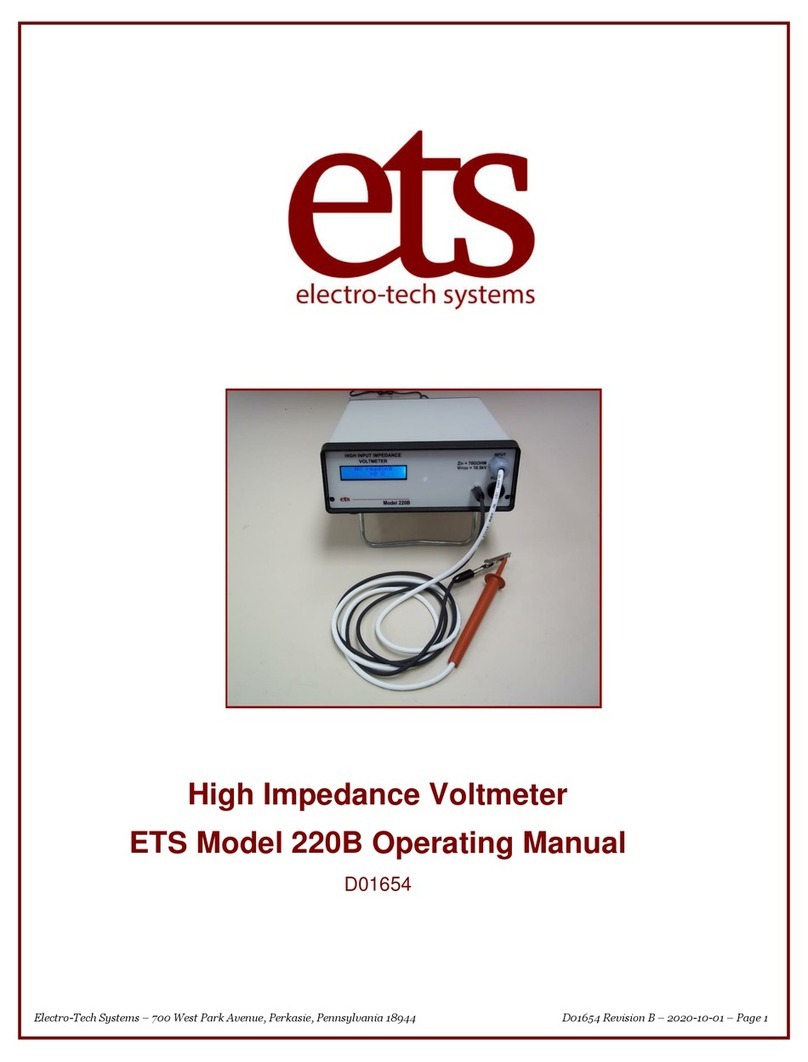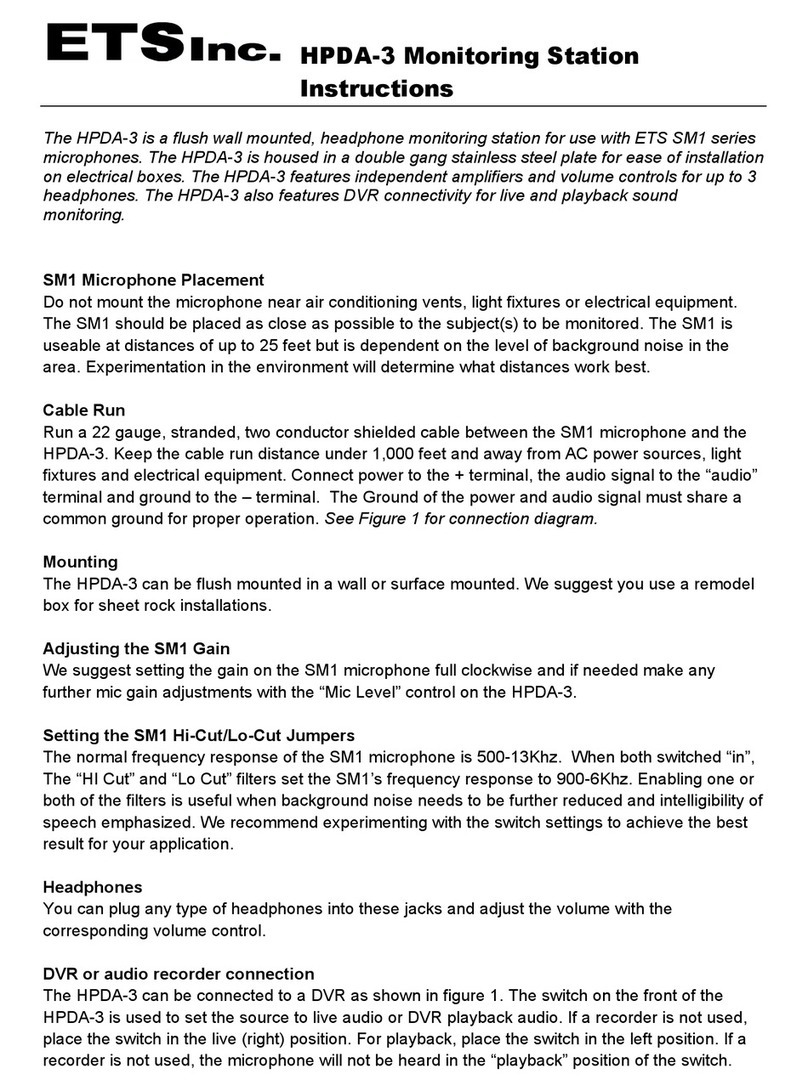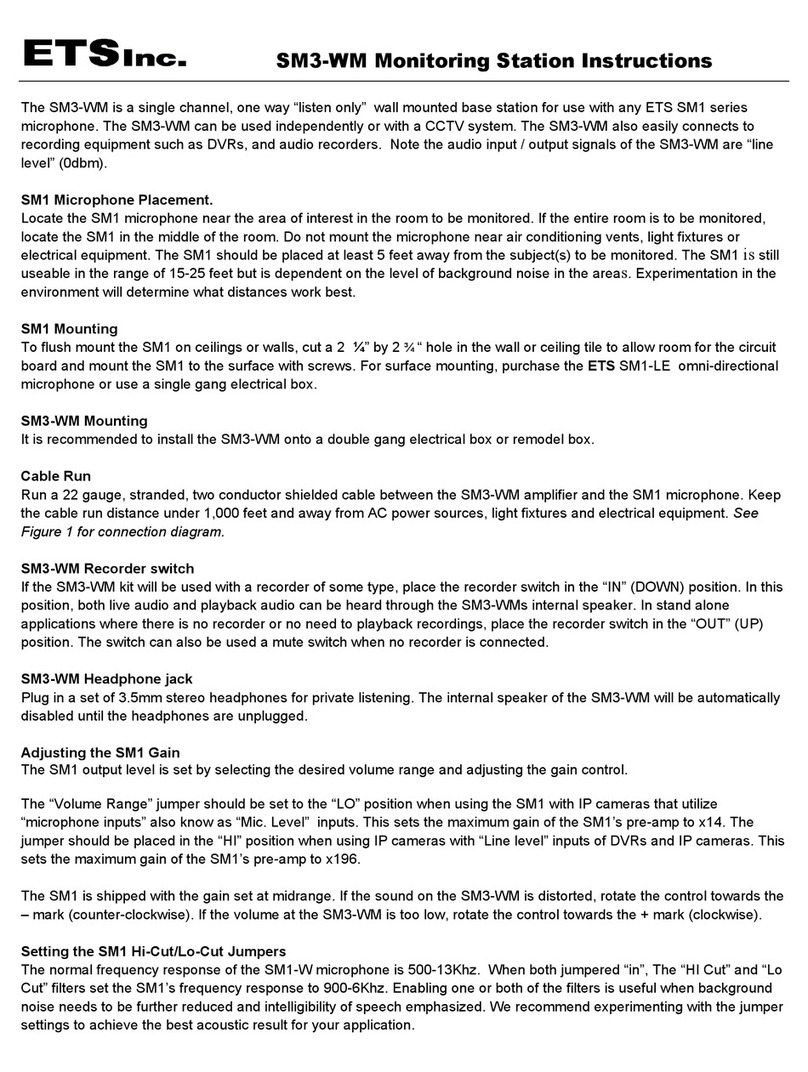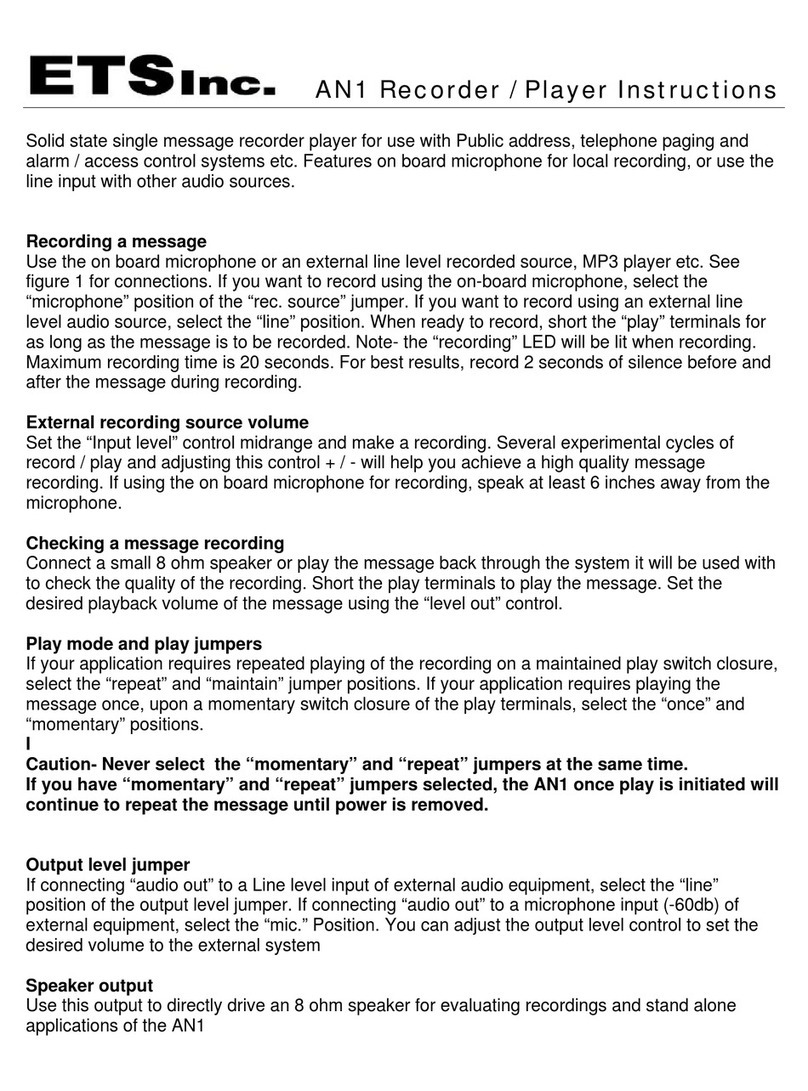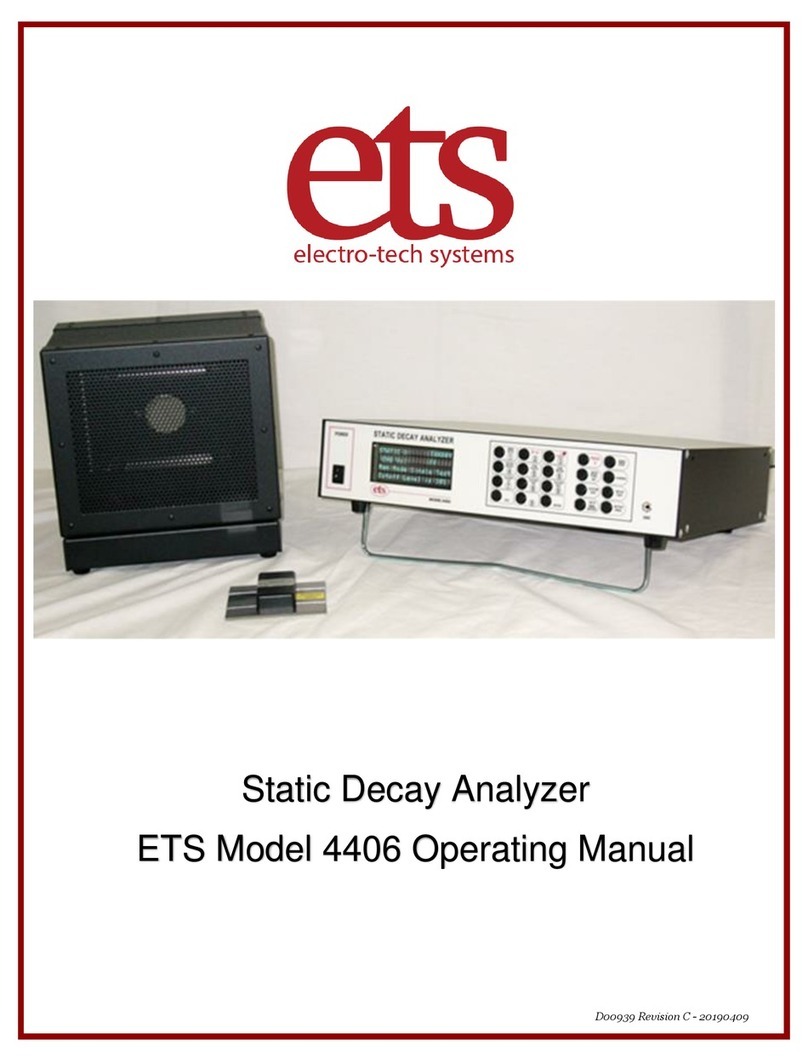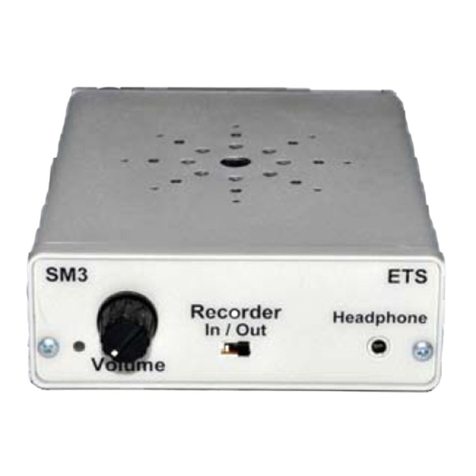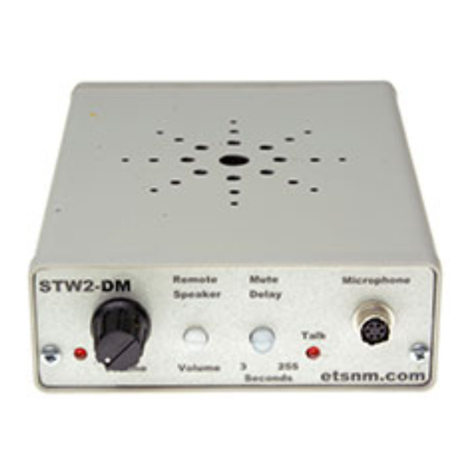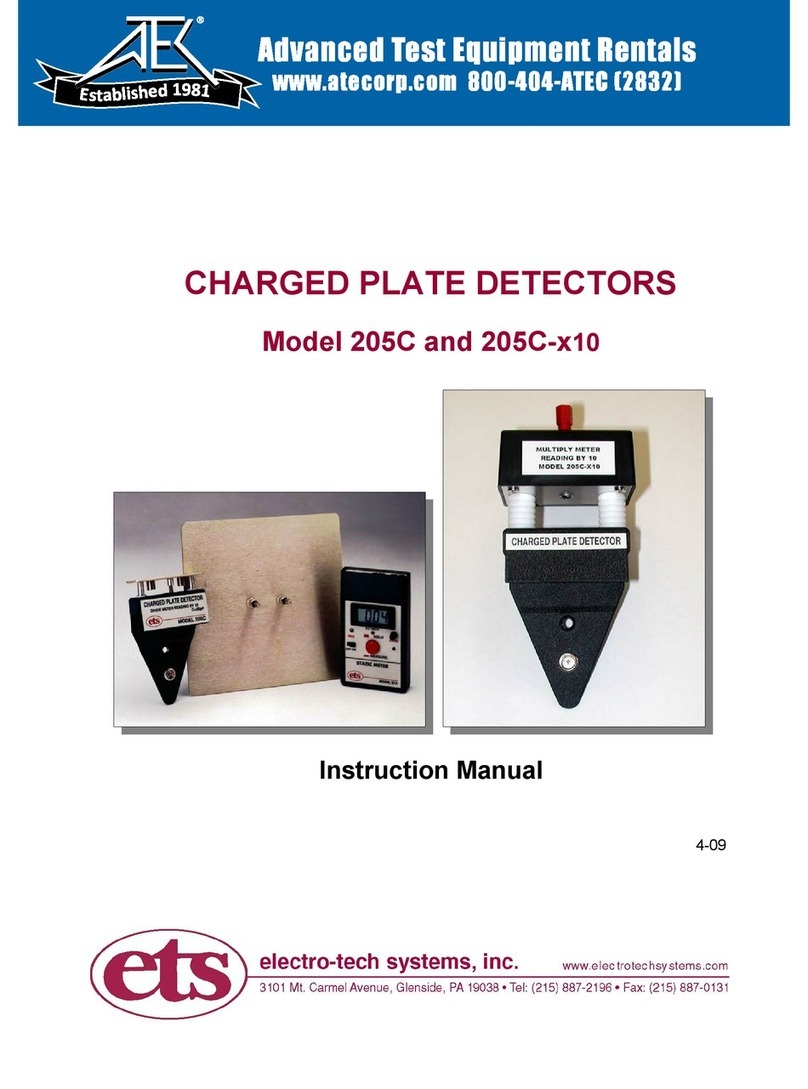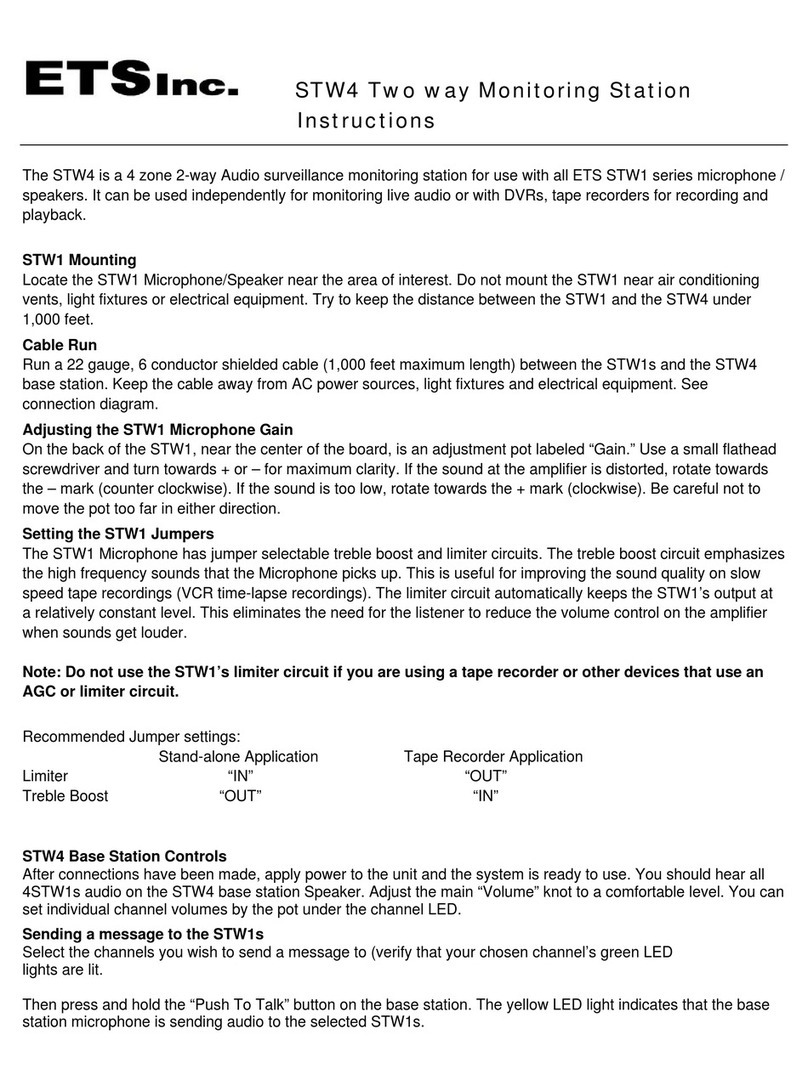1.0 INTRODUCTION
Many applications, especially, in the area of static control require the measurement of
the resistance characteristics of packaging, materials, work surfaces, flooring plus any
object where the build-up and dissipation of static charge is of concern. Some materials
are nonlinear and have a measured resistance that is a function of test voltage. Various
specifications including those written by the ESDA (STM 4.1, 11.11, 11.12, 11.13, etc.),
ASTM (D257, 4496, F150 etc.), EIA, SAE (J1645, etc.), NFPA (77, 99 etc) military (MIL
PRF 81705 etc.) plus many international documents (IEC, CECC etc) specify or use test
voltages of 10 and 100 Volts.
Specifications such as ASTM F-150, NFPA 99 and certain DOD Standards require test
voltages of 500 volts. Normally, higher test voltages will generally result in lower
resistance readings. Hence, an acceptable reading utilizing 10 or 100 volts will typically
meet those resistance requirements specified at higher voltages where resistance
below a specified value is required. However, when 500 V is required to ensure that
resistance does not drop below a specified value for safety purposes, then a 500 V
instrument MUST be used.
The ETS Model 871, shown in Figure 1.0-1 is an accurate, battery/AC powered,
microcomputer-based instrument that meets the requirements for measuring resistance
from 102 to >1012 Ohms using user selectable regulated test voltages of 10 or 100V.
The included external universal voltage power module allows continuous operation of
the Model 871 without draining the batteries.
Figure 1.0-1: Model 871
2.0 DESCRIPTION
The Model 871 Wide Range Resistance Meter is an accurate, easy to use laboratory
grade, microprocessor-based, autoranging instrument. The Meter is activated when the
MEASURE select paddle switch is placed in either the Ve=10V or 100V position.












